While it is dangerous to jump over fire, it is what everyone wants to do on Chaharshanbe Suri in Iran. This fire festival has been around for over a millennium, and dates back to the pre-Islamic period in Iran.
Iranians usually celebrate this day together with their relatives. They put up fire on the eve of the last Wednesday before the Iranian New Year, and celebrate the occasion until morning. Besides jumping over fire, Iranians also have some other rituals for the day. Let’s read on and find out.
What does Chaharshanbe Suri mean?
Suri is an ancient word meaning red. Red symbolizes vigor and life in Iranian culture. Also, chaharshanbe means Wednesday. Chaharshanbe Suri is always celebrated on the last Wednesday of the Iranian year. This means people believe in the power of life for renewal. So, they always give the upcoming year the chance to help them recover from the past and live a new life.
The symbol of this day is fire, which has traditionally been associated with life and health. On Chaharshanbe Suri, people jump over fire and ask fire to give them health, vigor, and life.
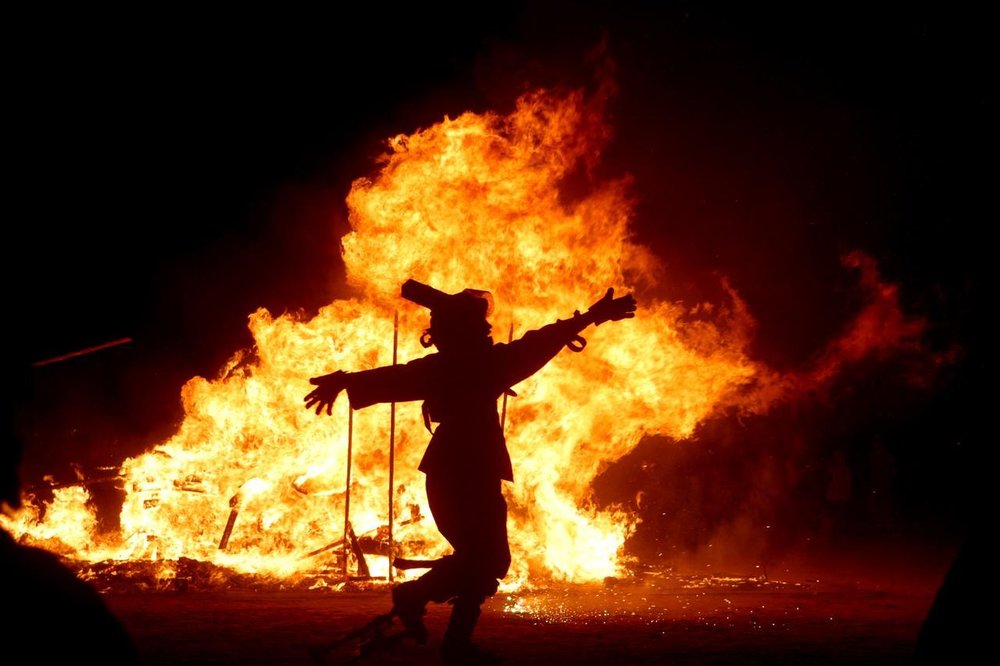
The significance of Chaharshanbe Suri in Iranian Calendar
Chaharshane Suri is held on the last Wednesday of the year in Iranian calendar. The new year begins with spring in Iranian calendar. It is called Noruz, meaning a new day. As the nature renews itself, it is the best chance for human beings to get away with all the dirt, clutter, and sadness left from the past year. In a sense, humans too start a new life.
So, to be ready for the new year, Iranians clean their houses. In addition to this, they try to clean their souls of all the wounds and darkness of the events that occurred during the past year.
Water is one of the sacred elements in historical culture, so it is used to clean houses and clothes. But as it does not have power to clean moral impurities, Iranians use fire. Fire is also one of the sacred natural elements for Iranians. In ancient times, Iranians associated fire with the son of the ancient Iranian god. It is considered not only a source of brightness, but also for cleanness and health.
Therefore, by jumping over fire, Iranians hope to clean their souls out of darkness accumulated during the past year, and keep their bodies healthy. This way, they will be completely ready to welcome the new year.
Traditions of Chaharshnbe Suri
So, by far you know that the main tradition for Chaharshanbe Suri is jumping over fire. But that alone doesn’t make the night. Iranians have a variety of traditions that sometimes vary in different cities.
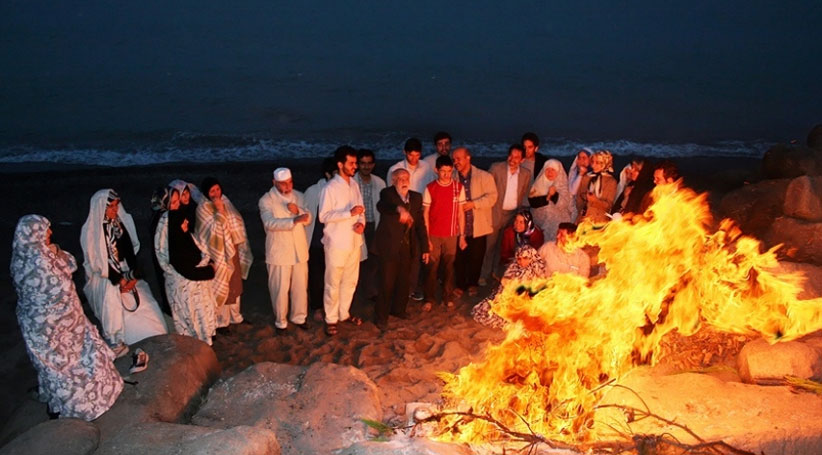
Jumping over fire
For this tradition, people gather with their relatives and friends at a backyard or open space. They make a small fire to jump over it. While jumping, they also sing a song, wishing that fire removes their pains and ailments and imparts its red color to them. This means, they wish the fire to give them happiness, health, and vigor. Because of this tradition, Chaharshanbe Suri is also called the Persian fire jumping festival.
Qashoq Zani
Ever done trick or treat for the Halloween? Well, qashoq zani is a similar tradition for Iranian’s Chaharshanbe Suri. ‘Qashoq’ means spoon, and ‘zani’ means hitting. For this tradition, girls and women take a pot and a spoon, wear chador (a kind of veil) so that no one recognizes them.
Then they visit their neighbors, while hitting their pots with their spoons. The neighbors are supposed to open the door and fill nuts in their pots. Whoever doesn’t get any nuts and returns with an empty pot, will have an unlucky year. Sometimes, boys wear chador and do qashoq zani for more fun.
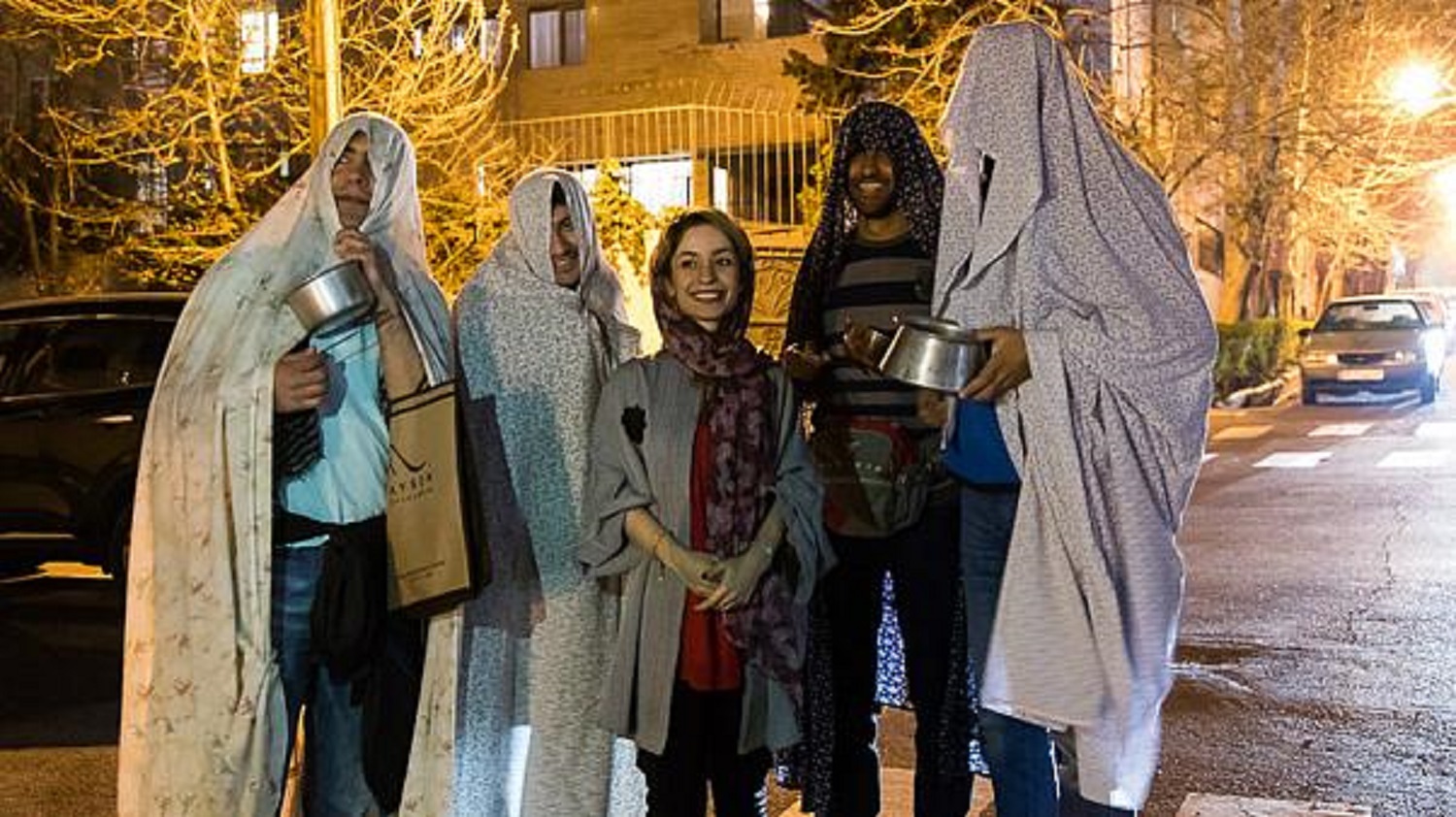
Falgoosh
Falgoosh literally means eavesdropping. On this day, young girls make a wish to get married. Then they pass through the streets and eavesdrop on what people on the street say. Then they interpret the realization of their wish based on what they hear on the street. This tradition is also called ‘geregoshayi’, which loosely translated means solving a problem.
Shahname Khani
Shahname is the name of a 1000th century long epic poem, by the Iranian poet Ferdowsi. Reading chapters of the Shahname is popular tradition for several Iranian occasions and ceremonies.
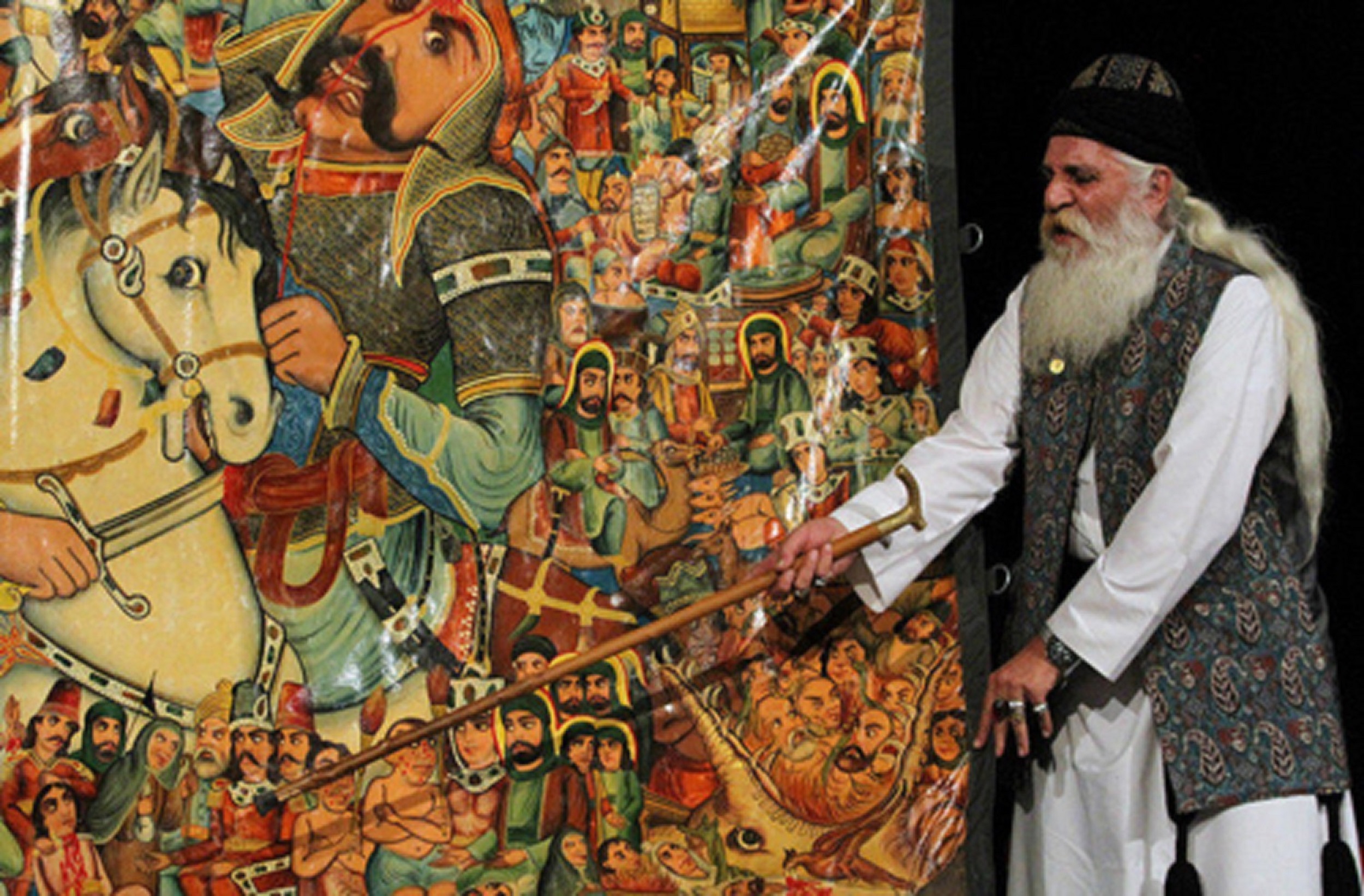
Ajil-e Moshkel Gosha
Moshkel gosha also literally translated means problem solver. In the past, people used to gather the nuts and seeds that remained from the past months and smoked and salted them. They believed these nuts would make people nicer towards each other, and make them reconcile with each other.
Kooze Shekani
Kooze’ refers to a kind of clay pitcher, and ‘shekani’ means to break. In the past, people used clay pitchers to hold water and other materials. On this day, people would go to the roof to throw their old pitchers out of their houses. It was believed that by breaking the pitcher, all bad omens sealed in them from the past year would be carried out of the house. Hence, cleaning not only the vessels which kept food, but also the house.
Interestingly, this idea is somehow backed by a scientific theory. The thing is that a clay pitcher is not ceramic, hence the clay is not cooked during preparation. Therefore, it contains lots of germs which will not be removed by washing. So, breaking and throwing away the pitcher is the only thing that can be done to an old pitcher.This tradition is still held today, after jumping over the fire.
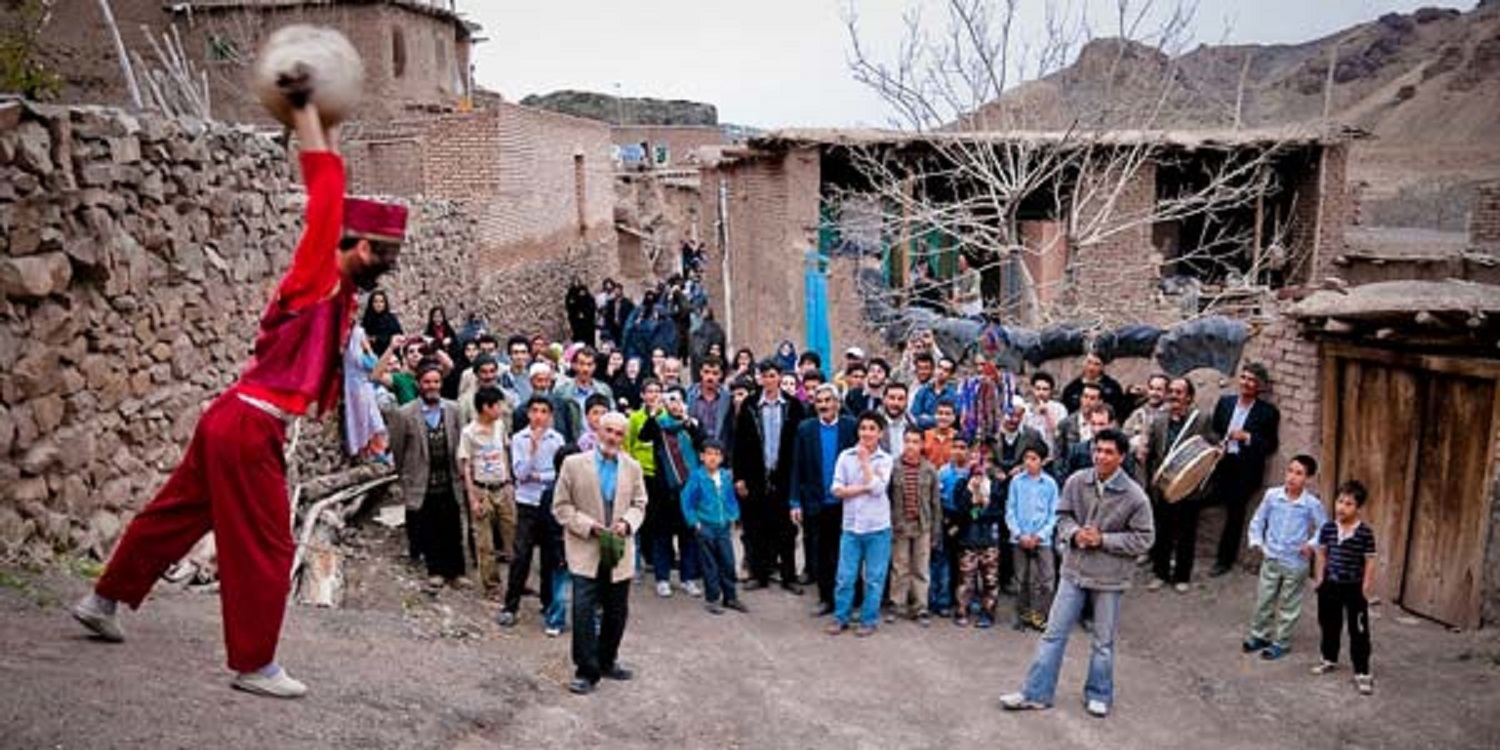
The history of Chaharshanbe Suri
The origins of Chaharshanbe Suri is not clear. According to some account, it has been celebrated since about 1700 years ago in Iran. This was the time when Zoroastrianism was the official religion of Iran. This account is supported by the fact that fire is held as sacred by Zoroastrians.
Well, while this might not be a clear account, the tradition must have certainly been around during 1000th century. This is because there are references to the tradition in Ferdowsi’s Shahname, which was written around that time.
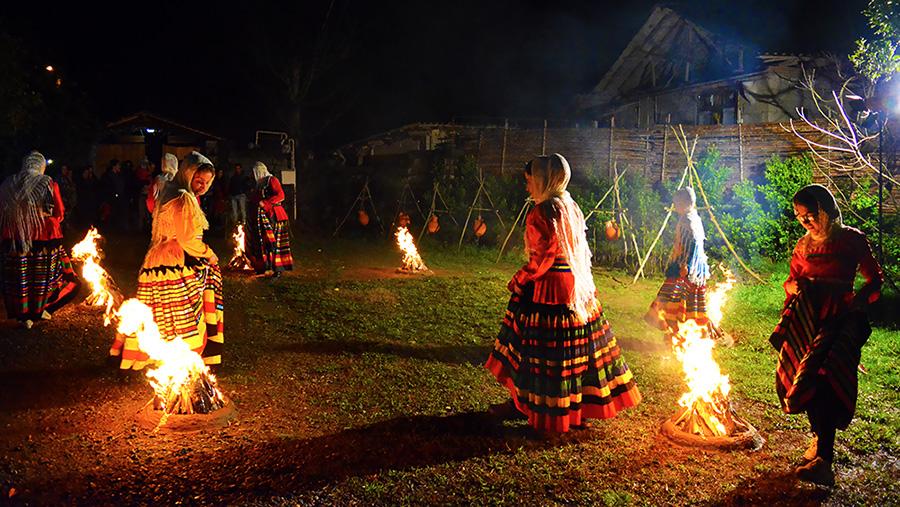
Chaharshanbe Suri during Qajar period
During Qajar period, people started using fire crackers on this day. This caused the horses to become restless.
Unfortunately, Iranians still use fire crackers on Chaharshanbe Suri. Although there are no horses to be disturbed, the noise and dangers of this habit cause a great amount of disturbance for the public.
Chaharshanbe Suri in Noruz of 2020
Chaharshanbe Suri is held every year, before Noruz, the Iranian new year. However, this year, due to the outbreak of Covid-19 pandemic, Iranians are advised not to hold the Chaharshabe Suri events of 2020.
The reason behind this is that the ceremony provides a chance for family members, relatives, and friends to get together. Also, this is considered a communal ceremony which is even held on the streets, causing a large number of people to avoid social distancing. As such, the ceremony will dramatically worsen the situation, regarding the number of people infected with the virus.
FAQ
Chaharshanbe Suri is one of the historical Iranian ceremonies. It is normally held on the eve of the last Wednesday of the Iranian year (which falls on the Tuesday). The celebrations start in the evening, and continue to early Wednesday.
With this ceremony, Iranians leave the bad omens, problems, and sorrows of the past year, in order to welcome a new year in complete health and cleanness.
In addition to being a source of light, fire is considered to have sanitizing features. Therefore, Iranians have revered fire as one of nature’s sacred elements since ancient times.
According to this tradition, while Iranians clean their houses with water to welcome Noruz, the Iranian new year, they cannot clean their souls with water. They need something more powerful that will purify their souls, giving them the chance to have a new start to life with a healthy body. Hence, they jump over fire.
In 2020, Chaharshanbe Suri will fall on March 16, few days before the dawn of the new year.

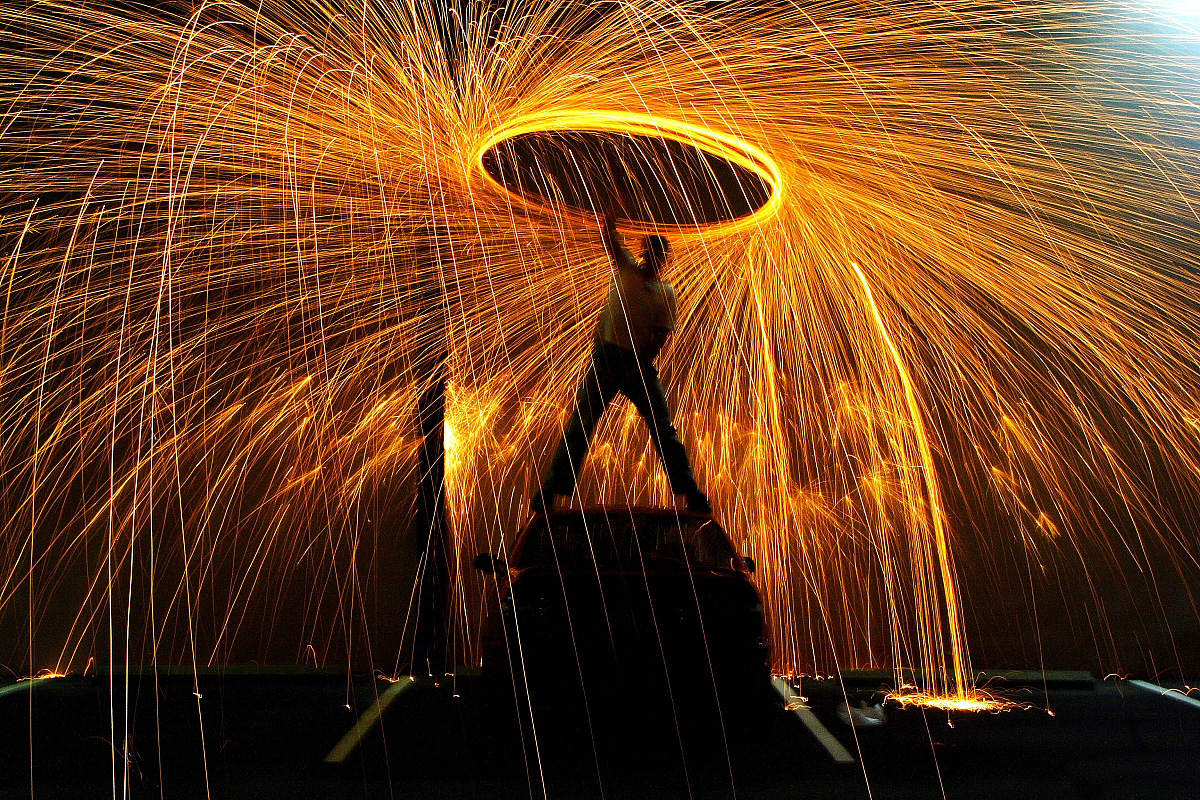

Comment (0)